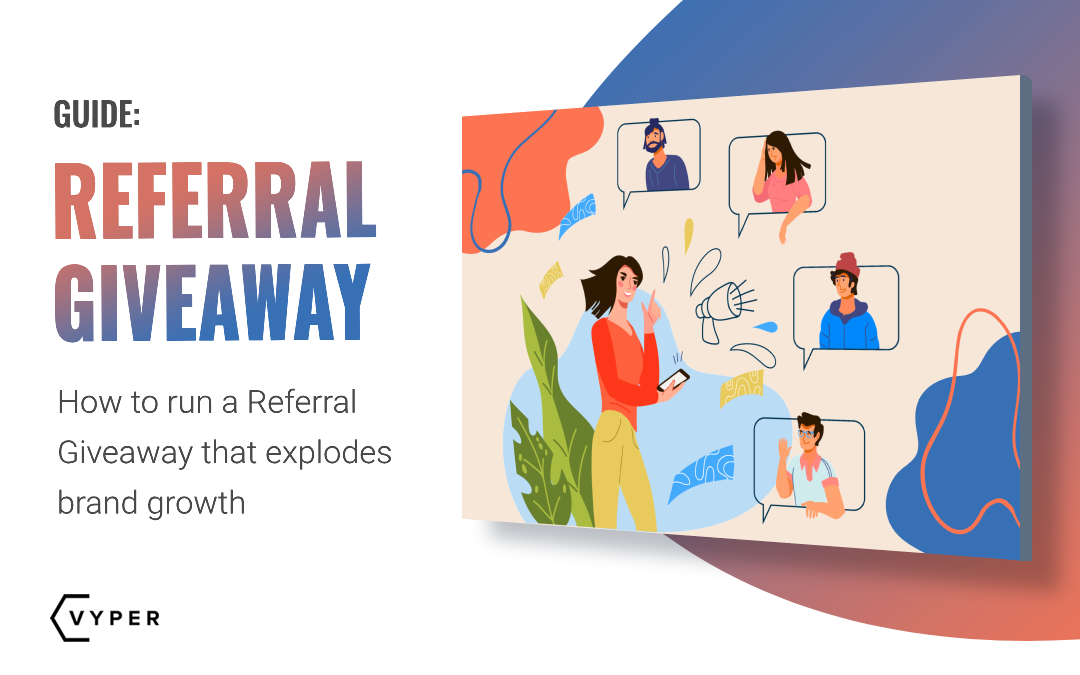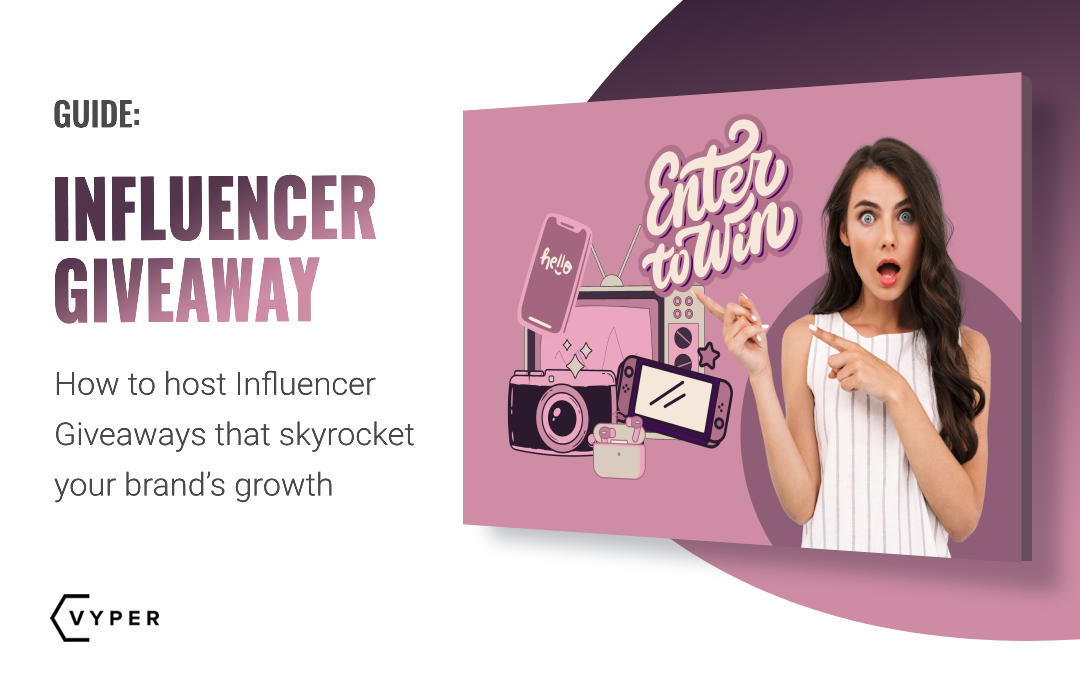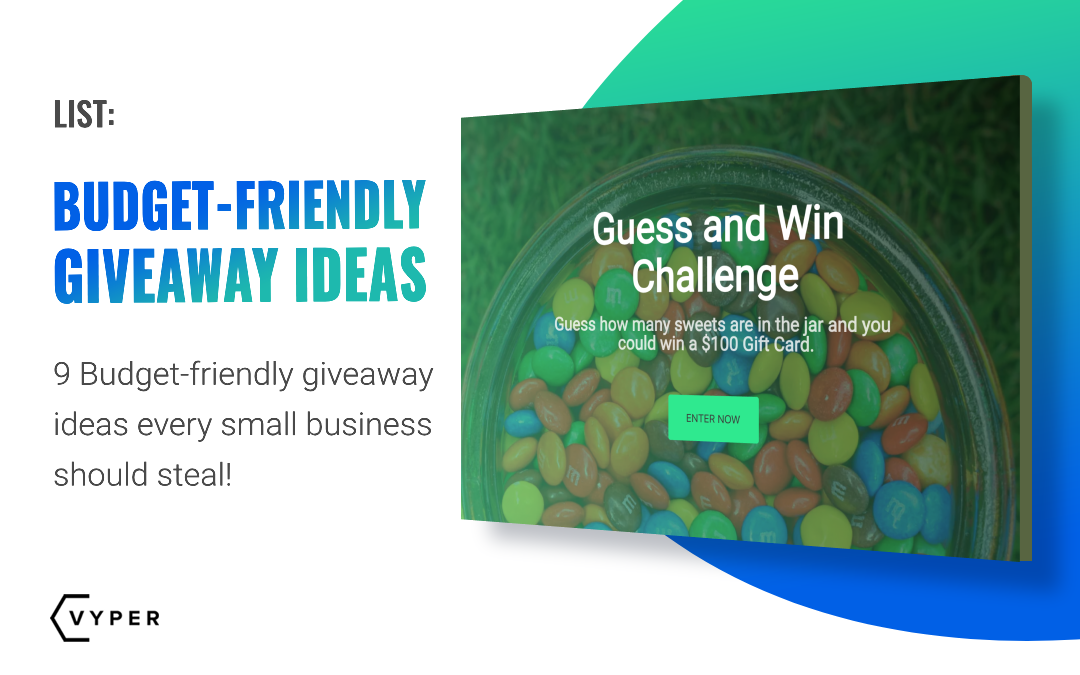Sales and marketing teams often focus on conversion rates and sales. However, forming emotional connections with customers and building customer relationships is crucial for business growth and success.
Often, customers make purchases based on their perception of the brand. Besides the product, they also tune in based on the businesses’ values, visual aesthetics, and engagement with their audience.
As a result, forging an emotional connection with customers should be your main focus in the digital era. In fact, customer lifetime value can increase by 300% when people feel an emotional and personal connection with the brand.
Now, how can you form an emotional connection with customers? Here are the tips you need to know.

FREE DOWNLOAD: Get all Our Contest & Giveaway Marketing Guides, Checklists, and tutorials that have helped 100’s of brands collect 15k+ emails in under 21 days!
1. Create a Customer Loyalty Program
Perhaps one of the most compelling ways to maintain customers is to start a loyalty program. Reward customers for continuously engaging with your brand with freebies, exclusive promos, and deals for their repeat purchases.
Creating a QR Code with a logo can be an extremely efficient and engaging way to promote your brand’s loyalty program among customers.
For example, the e.l.f. loyalty program lets customers earn points with every purchase. The referral program rewards are divided into three tiers:
- Extra
- Epic
- Icon
More premium tiers include phenomenal perks like 25% off purchase, early access to sales, and new products.

Don’t forget your churned customers; you can remind them how much you value them using paid channels.
Offer them double points, free birthday gifts, or send them personalized product recommendations and try to win them back!

Want to see what successful, multi-billion dollar referral programs look like?
Click here to view 5 successful referral marketing examples.
2. Launch Emotionally Driven Campaigns
The best promotions incite emotional reactions from your customers. Not only can they boost awareness, but they also lead to brand-related conversations and responses.
The key to building an emotionally driven campaign is to leverage customer insights. Consider the personality of your target audience.
What do they love about your brand? What will inspire them to think about your products? Make sure you don’t go overboard in promoting your campaign.
You can prevent this by staying personal and making sure you keep your audience’s feelings in mind in both your copy and imagery.
Jeremy Moser, Co-Founder at brand mention group uSERP, told me, “emotionally driven campaigns should incorporate user-generated content. Not only is it more authentic of your brand, but it also resonates with other customers on a more meaningful level.”

Calvin Klein’s iconic #MYCALVINS campaign incentivizes customers to show off their Calvin Klein underwear while flaunting their bodies.
The campaign allows customers to feel sexy and confident about their looks. Plus, the best photos get featured on their website.
3. Empower Brand Advocates Through Referral Programs
Recall the last time you made your first purchase from a restaurant or online store. We bet you learned about the business through a referral from a friend or family member. Their experience gave you the push you needed to try the product yourself.
While referrals can happen organically, having a referral program can incentivize customers to make an effort to recommend your brand. This works by rewarding them with freebies, prizes, coupons, and discounts in exchange for a successful referral.
This is standard practice in the e-learning industry. Many times, students who have taken a course have a genuine affinity to the instructor. Knowing this, instructors will typically create online courses and develop an affiliate program to reward students for referring others.
The students are happy because they can make money referring others to the course, and the instructor is pleased as the practice generates more revenue for the business.

For example, MeUndies rewards successful brand advocates with $20, while their friends get 20% off their first purchase.
4. Set up User-generated Campaigns (UGC)
User-generated campaigns incentivize participating customers to share their experience online. Think of customers uploading their experience in your cafe on Instagram or Facebook.
To boost participation, you can reward customers with discounts or prizes in exchange for uploading their experiences online.
Alternatively, you can also repost their pictures in your feed and give them credit so they can get a temporary chance at fame.

For example, the Glossier beauty brand reposts high-quality user-generated content on Instagram. By showing their products used by real people, the brand can remain inclusive and relatable.
5. Respond to Customer Complaints
When customers have a terrible experience, accommodate them as fast as possible.
Help Scout reports that 51% of customers never do business with a company after one bad experience. Plus, they tell an average of 15 people about their poor service experience.
In today’s digital era, where the customer journey is scattered with multiple touchpoints, consider using non-conventional tools such as chatbots to deliver a better customer experience.
Having said that, excellent customer service should be a top priority for your sales teams. Instead of ignoring customers, work with them, and contact them to solve their problems.
Building customer relationships in the digital era is challenging for many companies. The employee monitoring process can help with relationship building. This makes it easier to identify customers’ needs and providing services they need on an ongoing basis, rather than just at specific events or through one-off purchases like advertising space down the street from them that nobody even knows about.
If you can turn a bad experience into a better one, you’ll be able to keep them in the long-run. Otherwise, they’ll be gone forever.

For example, Airbnb has a Twitter account dedicated to customer service. Here, they respond to customer complaints and provide relevant service updates.
You can even install feedback widgets directly on your site to capture user feedback with one-click responses:

Considering many software and tools for providing a great startup customer experience (and the importance of doing so), there is no excuse not to respond to customer complaints and improve your service.

6. Leverage Personalization
Customers receive a lot of marketing emails per day. It’s easy for your message to get lost in the clutter—but personalization can help you stand out from the crowd.
Personalization entails giving customers personalized information based on their behavior and interests. Start by using a customer’s name and sending personalized product recommendations.
For example, Netflix’s email sends recommendations once customers finish a show. This saves them the hassle of scouring through hundreds of shows similar to what they previously enjoyed.

Likewise, Puma celebrates a customer’s birthday by giving them 20% off their purchase. They can take advantage of this opportunity to gift themselves with new shoes and sports apparel to commemorate the occasion.

7. Create a Fast and Easy Customer Shopping Experience
When it comes to shopping, faster will always be better.
Consumers don’t have the patience to deal with a complicated checkout process. They also prefer not to join long queues, endure long waiting times, or wait for slow loading landing pages.
In fact, a study found that 74% of consumers will switch brands if the purchasing process is paired with obstacles and challenges.

For example, the Starbucks Rewards app provides customers with the fastest way to make a purchase. With the app, they can find the nearest store, order ahead, and opt for contactless payment. The tech-savvy process makes morning coffee runs a lot faster!
Conclusion
Building customer relationships is crucial to ensure customers keep returning to your business.
Lucky for us, there are a lot of ways you can forge a bond with your shoppers. You can start a referral program or loyalty program to reward them for patronizing your brand or referring your business to friends and family.
Alternatively, you can also use personalized emails and build premium shopping experiences to make your business more memorable and relevant.
How will you build an emotional connection with customers? Let us know in the comments below.
Guest Author
Raul Galera is the Partner Manager at ReferralCandy and Candybar, two tools helping small and medium businesses run customer referral and loyalty programs. He’s been working in the tech sector for the past seven years and regularly writes about marketing, ecommerce and tech.
Jack Paxton is the co-founder of VYPER, a marketing tool that helps brands build email lists, social followings, and revenue using viral giveaways, referral, and reward programs. After millions of dollars spent testing different marketing strategies at his marketing agency. He then also co-founded Hyax a fast, conversion & design-focused course and funnel builder for creators.




Trackbacks/Pingbacks